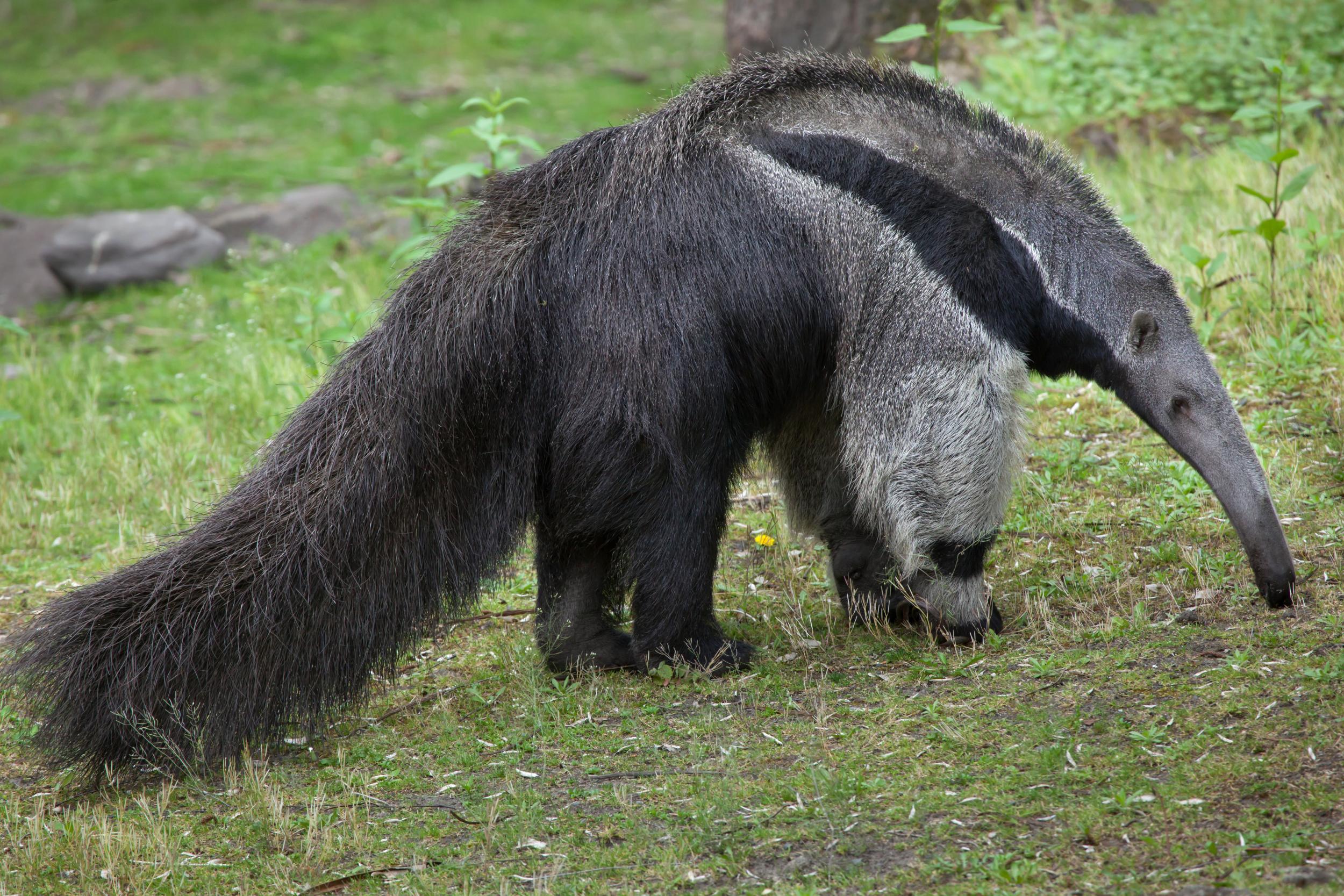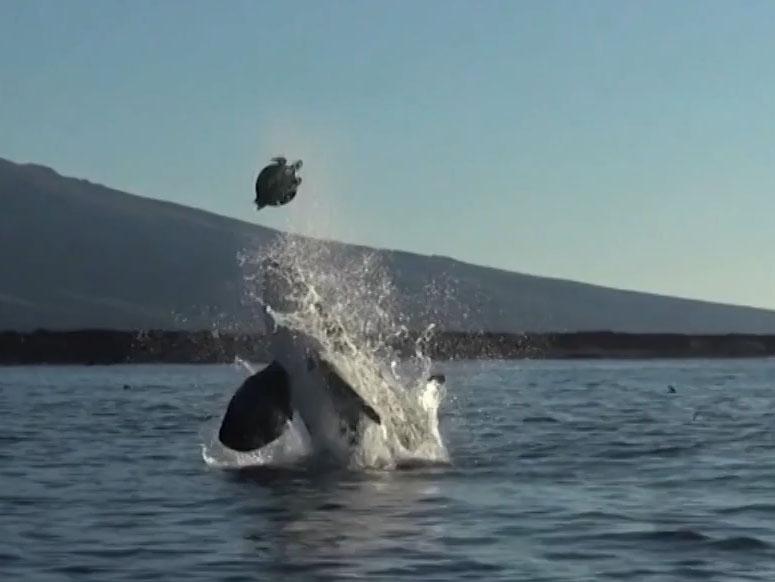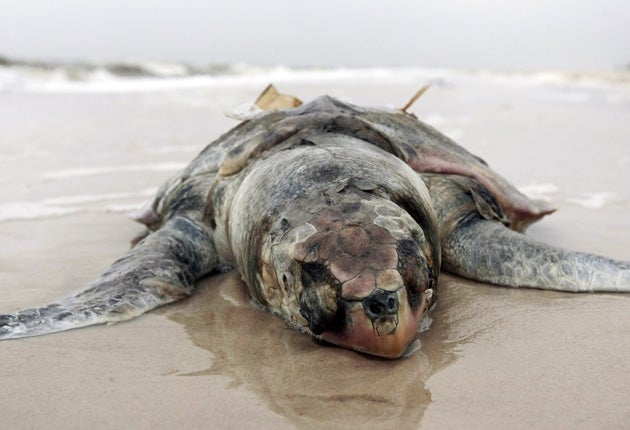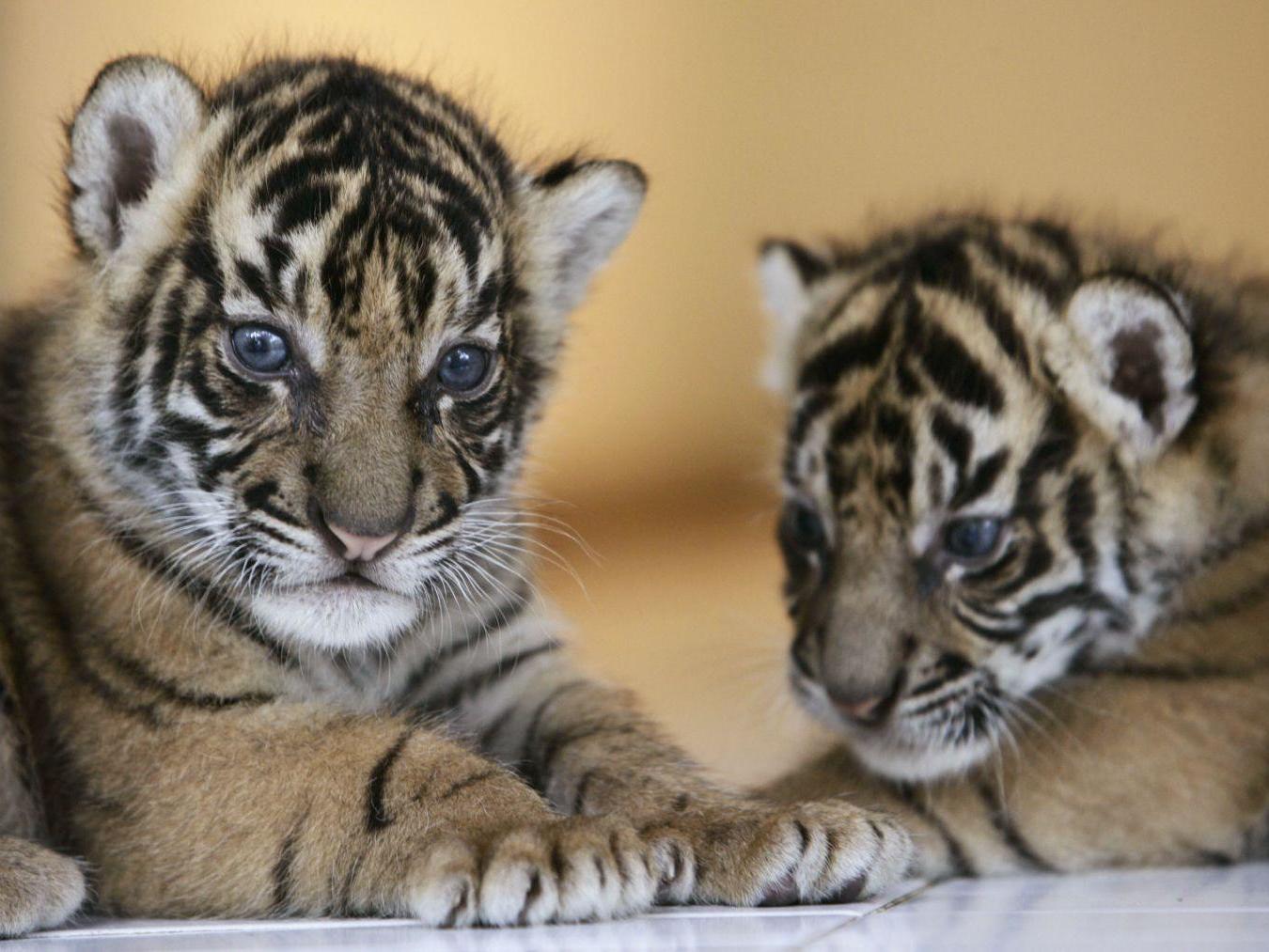Tigers, gorillas, elephants and more: Just some of the species under threat from humans
Poaching, hunting, habitat destruction, pesticides that can bring down an elephant, poisonous chemicals – the list of dangers created by humans is long

Conservationists have warned that nature faces a global mass extinction for the first time since the dinosaurs disappeared.
Here are some of the species under threat:
African elephants have seen numbers fall by about 111,000 in the past decade, mostly due to poaching, with estimates this year that there now only 415,000 elephants across 37 countries in Africa.

Orca, or killer whale, populations in European waters remain under threat from persistent organic pollutants (POPs), which despite laws restricting their use are still in the mammal’s blubber at levels that exceed toxicity thresholds.
Leatherback turtles have become increasingly rare in the tropical Atlantic and Pacific, declining 95 per cent between 1989 and 2002 in Las Baulas National Park in Costa Rica due to development and being caught as by-catch.

The European eel is declining due to disease, over-fishing and changes to rivers which impede its migration to the sea to breed.
Vultures in south-east Asia, including the white-backed vulture and the Himalayan griffon, have seen numbers plummet in the past 20 years due to the cattle drug diclofenac, which causes kidney failure in birds that eat carcasses of recently treated cattle.
Amphibians around the world are being hit by a species of fungus that causes the disease chytridiomycosis, which is thought to have caused steep declines or extinction of more than 200 species.
The maned wolf, along with other species such as the giant anteater, is threatened by grasslands in Brazil being converted into farmland for grazing and growing crops such as soy.

Major Mitchell’s cockatoo saw a population crash in Australia, largely because people were illegally taking eggs for the pet trade, and though it is slowly recovering due to better enforcement, it is still at risk from clearing woodland and felling trees it nests in.
There are only around 3,900 tigers left in the wild, with the critically endangered species facing destruction of its habitat, climate change and conflict with humans.
As few as 70 Amur leopards are left in the wild, facing habitat destruction and hunting by humans.
Giant pandas, one of the flagship species for nature conservation, have a population of just 1,864 in the wild in China, and although numbers are increasing, the species is still threatened by climate change and impacts of human activity.
There are just 880 critically endangered mountain gorillas in the wild, with their habitat under threat and their population at risk from hunting for bush meat.
Join our commenting forum
Join thought-provoking conversations, follow other Independent readers and see their replies
Comments
Bookmark popover
Removed from bookmarks